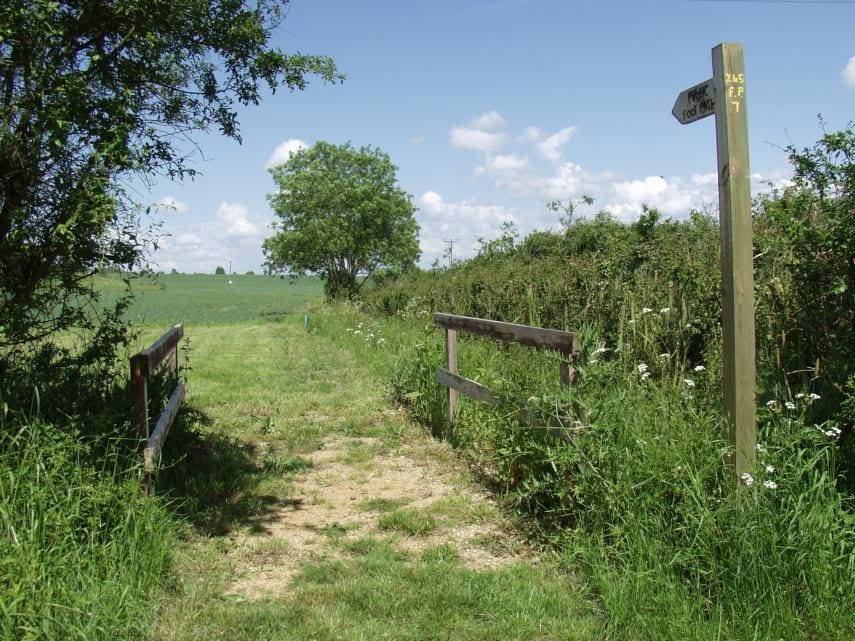Contact our offices
Main office
COLBURN
5 & 6 BAILEY COURT
COLBURN BUSINESS PARK
RICHMOND
NORTH YORKSHIRE
DL9 4QL
Estate Agency Offices are located in
BARNARD CASTLE, BOROUGHBRIDGE & RICHMOND
Residential Management Team
Our Offices
- Alnwick
01665 568310
Email Officealnwick@gscgrays.co.uk - Barnard Castle
01833 637000
Email Officebarnardcastle@gscgrays.co.uk - Boroughbridge
01423 590500
Email Officeboroughbridge@gscgrays.co.uk - Chester-Le-Street
0191 3039540
Email Officechester-le-street@gscgrays.co.uk - Colburn
01748 897630
Email Officecolburn@gscgrays.co.uk - Driffield
01377 337180
Email Officedriffield@gscgrays.co.uk - Hamsterley
01388 487000
Email Officehamsterley@gscgrays.co.uk - Hexham
01434 611565
Email Officehexham@gscgrays.co.uk - Kirkby Lonsdale
01524 880320
Email Officekirkbylonsdale@gscgrays.co.uk - Penrith
01768 597005
Email Officepenrith@gscgrays.co.uk

By Foot or as a crook!
Trespass and access go hand in hand, particularly around the urban fringes of Britain, where the lines between public rights of way and those assumed by the public are often some distance apart. Whilst everyone accepts that public rights of way are an important part of the British countryside, there are times when new ‘footpaths’ appear or occur through long term usage by the public. These can eventually be dedicated as new rights of way.
Section 31 (6) of the Highway Act 1980 provides a mechanism for landowners, including tenants for life (land held under a strict settlement) or the trustees (land held under a trust for sale) to acknowledge the existence of certain public rights of way across his or her land, and to prevent new public rights of way being created by ‘presumed dedication’.
Presumed dedication is where new public rights of way are created following unchallenged use of the route by members of the public for a period of twenty years or more. The mechanism does not prevent the creation of rights of way arising from twenty years of use where all use was prior to the submission of the landowners statutory declaration, or of rights of way whose existence can be proved by reference to historical documentation.
Public Rights of Way or Public Highways are categorised into Footpaths, Bridleways, Restricted Byways and Byways Open to All Traffic (BOAT). In order to establish if such rights of way exist, it is prudent to check the status of paths, tracks, farm roads or short cuts through legal documents such as Enclosure Awards, Section 36 (6) Highways Act 1980 to identify unmetalled roads, consultation with the parish council and local user groups.
Section 31 (6) allows landowner’s to make their intentions clear and to prevent anyone claiming a right of access using the twenty year rule by depositing with the County Council a Deposit of Statement and Map, providing conclusive evidence and recognition of the existence of public rights of way over land and a Statutory Declaration. The Statutory Declaration should be renewed every 10 years to confirm that no new public rights of way have been dedicated since the original date of deposit of the Statement and Map.
Once lodged with the County Council, the Deposit of Statement, Map and Statutory Declaration become public documents and are available for public inspection – the local authorities will keep a register of all documents submitted and record on the public rights of way Definitive Map.
It is also prudent for landowners to erect signs which prevent access or show where the correct right of access is and have a record of these on file. A body of evidence will be required if ever a landowner is challenged over a dedication.
A more difficult and expensive exercise would be to close and lock gates on those routes which are not public rights of way once a year for a day in order that the twenty years of continuous use is broken. If this is the preferred way forward, a landowner must satisfy themselves, through referencing the Definitive Map, that they are not obstructing a public right of way, which is an offence! Again, evidence in the form of records and photographs are essential to demonstrate that the route was closed.
Please note that this does not apply to land which is covered by the Countryside Rights of Way Act 2000.
Landowners need to be aware of the dangers of having new rights of way being created in this manner, as they could potentially have a damaging impact on capital values and could affect the development of land in the future. The local authority will have a footpath officer for your area and it is worth consulting with them about these issues or discussing them with GSC Grays who not only have a good working relationship with the footpath officers but also represent landowners of the County Durham Local Access Forum.
For more information on deemed dedication of rights of way under Section 31 (6) of the Highways Act 1980 or completion and submission of a Deposit of Statement and Map and Statutory Declaration please either contact Matthew Trewartha on Tel:
0191 385 2435 or Carl Pearson on Tel: 01748 829210










